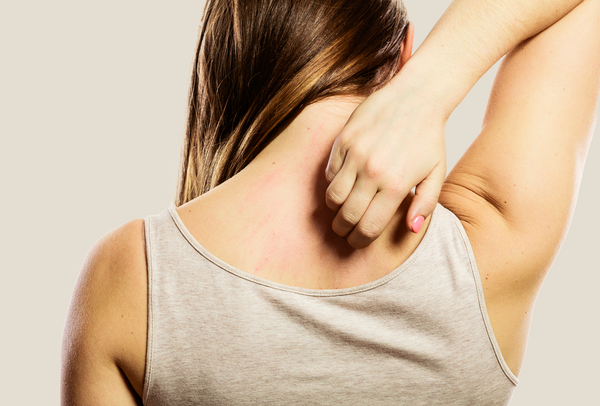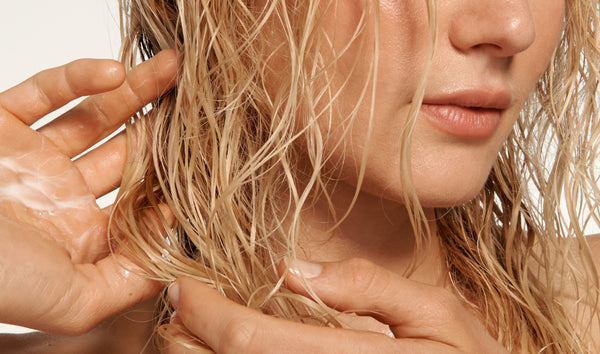Pores, we may all have them, yet there is still so much confusion about them. Why are some people’s bigger than others? How exactly do they get clogged? And, relatedly, how can I prevent them from getting clogged? Also, can I really shrink their size as so many products claim to do? Here, SEEN’s founder Dr. Iris Rubin helped us put together an essential primer on all things pore related.
SO, WHAT’S A PORE ANYWAY?
Pores are, simply put, the entryway to a hair follicle. That your pores may be larger than your best friends’ is something you can blame your parents for. “Pore size is largely genetic,” explains Rubin. But while your pore size may be predetermined, there are certain factors that can affect their size. “As we age, collagen breaks down and skin loses its elasticity making pores appear larger,” says Rubin. “Sun damage can also make pores appear larger and, of course, if they’re clogged, they’ll look bigger too.”
ABOUT THAT CLOGGING…
A clogged pore is essentially a combination of dead skin cells and sebum (skin’s natural oil), which can all lead to breakouts. One of the main culprits responsible for causing a traffic jam in your pores is often your own beauty routine. “Personal care products, including face washes, lotions, makeup and your hair products too, can all lead to clogged pores,” says Rubin. A key thing to remember when tailoring your beauty regimen: look for and only use products (like SEEN) that are labeled non-comedogenic, which is simply a fancy way of saying they won’t clog pores. A reminder: nothing (no matter what the label claims) will shrink the size of your pores, but, if you need additional motivation for keeping them clear: clogged pores appear larger.
MY PORES ARE CLOGGED, NOW WHAT?
First, don’t channel your inner aesthetician and try to do any DIY unclogging. “It can be so hard not to pick, but resist the temptation,” insists Rubin. “Squeezing at home will cause redness and inflammation and sometimes broken capillaries, not to mention bacteria from your hands can find its way into your pores and lead to breakouts.” Rubin’s go-to ingredient recommendations for clogged pores are time-honored ones: salicylic acid and retinol. “Salicylic acid is a beta hydroxy acid. Its purpose is to keep pores clear by preventing dead skin cells from sticking together and helping to dissolve the intercellular cement that does just that,” she says. “And retinol is great at regulating skin cell turnover to prevent clogged pores and it also helps with inflammation.”
HOW TO HAVE GOOD-LOOKING PORES?
To prevent clogged pores from continuing to resurface there are, according to Rubin, two vital beauty rules to follow. First, always — always! — wear an SPF (her favorite: Skinceuticals Sheer Physical UV Defense SPF 50). “Sun exposure can affect collagen integrity and make pores appear larger,” she adds. And beeline for only non-comedogenic skincare, makeup, and hair care too. “Many people don’t realize hair care products often leave a residue on the skin that can clog pores too,” she says. “That’s the whole reason we created SEEN!”





